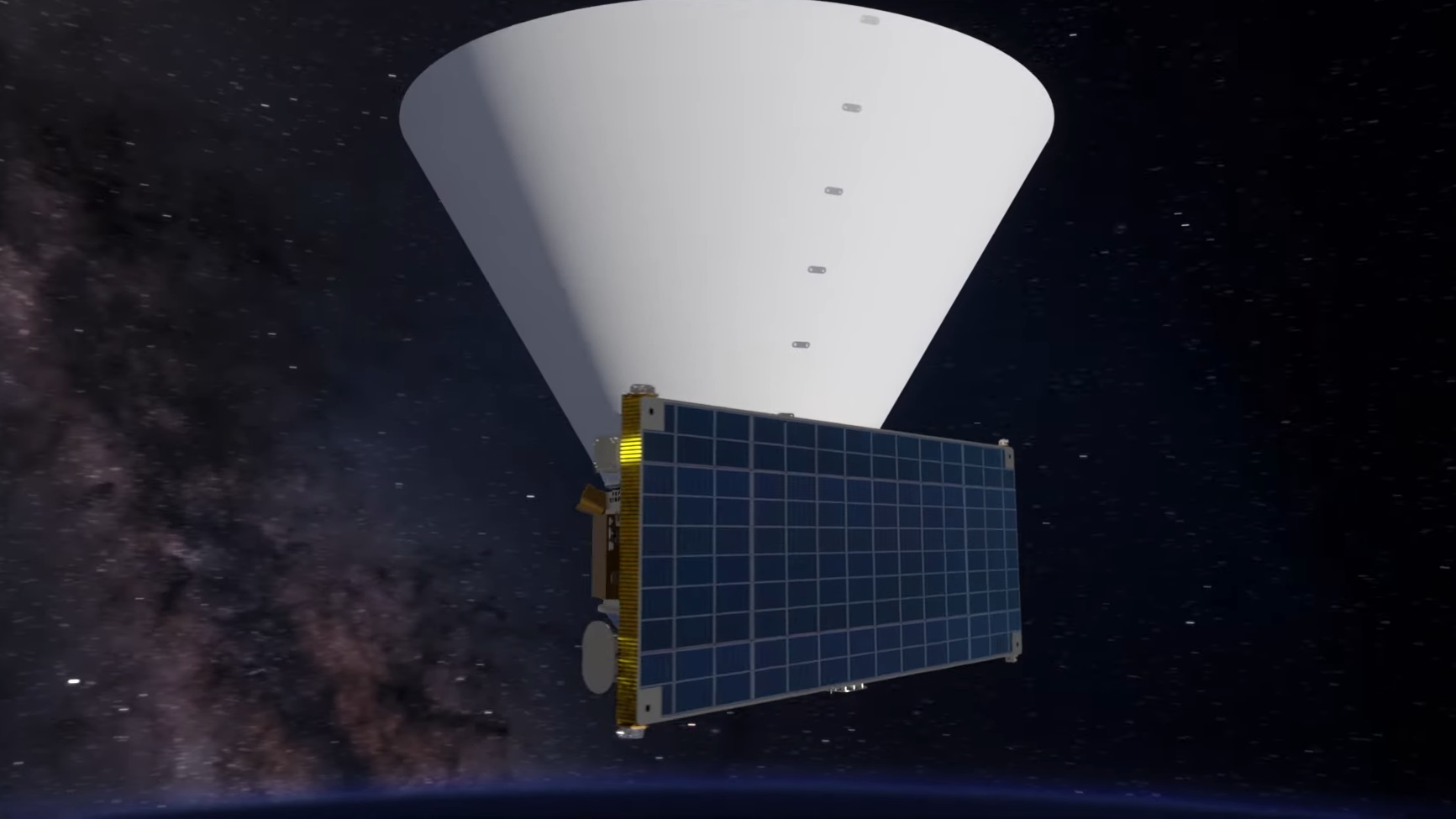With the James Webb Space Telescope (JWST) in position and undergoing final preparations before it begins science operations, NASA is readying its next space observatory for launch later this decade.
The Spectro-Photometer for the History of the Universe, Epoch of Reionization and Ices Explorer or SPHEREx is NASA’s next big project and while it too will be observing our universe it’s not as big nor as focused as the James Webb Space Telescope.
According to NASA SPHEREx will be able to scan the 99 percent sky above us every six months creating a map of the galaxy like we’ve never seen. To put this into perspective, in the 30-odd years that Hubble has been observing the cosmos it has only seen about 0.1 percent of the sky.
Now, unlike the JWST, SPHEREx won’t be able to observe fine details, rather the observatory will be used to measure the prevalence of materials such as water that potentially exist in clouds that form when new stars are born.
“It’s the difference between getting to know a few individual people, and doing a census and learning about the population as a whole, ” explains deputy manager for the SPHEREx project at the NASA Jet Propulsion Laboratory, Beth Fabinsky. “Both types of studies are important, and they complement each other. But there are some questions that can only be answered through that census.”
SPHEREx is also half the size of JWST which should make launching it easier.
Like JWST, SPHEREx will make use of spectroscopy to determine what a object is made up of. This technique sees the collection of infrared light and breaking this light up into its individual wavelengths. This gives scientists an idea of what sort of elements one might find in a cosmic cloud and could help find more Earth-like exoplanets or indeed, life beyond our solar system.
The team working on SPHEREx has just had its plans approved by NASA and now the hard work begins.
The space faring agency is currently eyeing a launch for 2025, but given that Artemis is also expected to launch that year, we expect some delays although perhaps not as protracted as those experienced with JWST.

